Latest Releases Weather 4D Routing, Routing & Navigation iOS & SailGrib Android mobile apps (compatible with the GeoGarage nautical chart platform) arrive with a completely revised list of weather and ocean models in order to allow users to benefit from the evolution of the offer of international forecasting models.
At the same time, all GRIB files switch to the GRIB-2 format,
This allows for a reduction in their size and a better compression ratio.
W4D Routing & Navigation is the first version available, Routing and Lite will follow quickly.
The SailGrib version beta is already online.
The number of models has been increased from 42 up to 54 (from 44 up to 65 taking into account the new resolutions available for some models).
The number of models has been increased from 42 up to 54 (from 44 up to 65 taking into account the new resolutions available for some models).
Some evolve, others are added, and some are withdrawn due to less relevance or redundancy.
Evolving Global Weather models
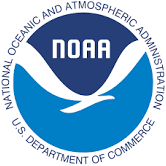
• GFS adds a 1 -hour step to the four time steps yet available (3, 6, 9, 12 hours steps).


• ECMWF IFS now offers three 0.25° resolutions, 0,4° and 1°, four time steps (3, 6, 9, 12 hours steps) and four data : mean wind, pressure, precipitation and air temperature.


• ECMWF AIFS, European experimental model based on Machine Learning (AI), arrives in all three applications with two resolutions 0.25° and 1°, and three time steps (6, 9, 12 hours steps). Same data as IFS.
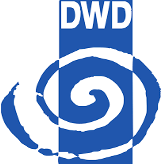

• ICON GLOBAL now proposes four resolutions : 0,125°, 0,25°, 0,5° and 1°, with the same five time steps as the GFS.


• GDPS (ex GEM) : the Canadian model increases its resolution from 0.24° up to 0.15° and its timespan 6 up to 10 days with four time steps (3, 6, 9, 12 hours steps).


• ARPEGE Monde increase from 0.5° to 0.25° with four time steps (3, 6, 9, 12 hours steps).
Evolving Regional Weather models

• ARPEGE Europe now offers five time steps (1, 3, 6, 9, 12 hours steps).


• ICON Europe now offers five time steps (1, 3, 6, 9, 12 hours steps).
New Regional Weather models

• HRRR CONUS covers the U.S. as the NAM, but with a very high resolution of 0.025° (1,5NM). Updated every hour, with 1 -hour steps range up to 18 hours steps.


• ICON D2 covers part of Western Europe with a very high resolution of 0.02° (1,2NM) updated every three hours with range up to 48 hours steps. It is the most accurate of the DWD models.
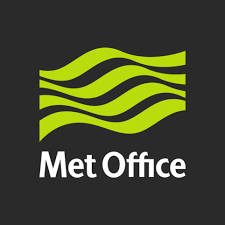

• UKV : UK MetOffice model (UKHO) at a very high resolution of 0.05° covering the southern coasts of the British Isles with range up to 5 days with 1, 3, 6, 9, 12 hours steps, updated twice a day, with wind at 10 meters and gusts.
Evolving Ocean models
Waves

• GFS WAVE : the former WW3 model by FNMOC is now assimilated to the GFS weather model (¹), with same characteristics (resolutions, timespan, steps, updates).


• MFWAM Global adds several time steps like the ARPEGE Monde model
Currents
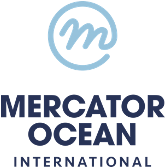
• COPERNICUS : the name "MyOcean" of current models disappears. Coverages and features remain the same : Global, IBI, ENWS, Baltic, MED.
New Ocean models

• HYCOM (Worldwide) : High-resolution ocean currents 0.08°, and low resolutions 0.25° and 0.5°, with 3 -hour steps range up to 7 days.

• COPERNICUS SMOC : New Global Model of Combined Tidal and Ocean Currents, with a high resolution of 0.083°(5NM), 0,25°(15 NM) and 0.5°(30 NM) in 1-hour steps. range up to 120 hours steps.


• WCPS Saint Lawrence River, Canadian MSC model, covers the St. Lawrence with a 0.5NM grid, with 1 -hour steps range up to 84 hours steps. Data provided : mean wind at 10 meters and currents.
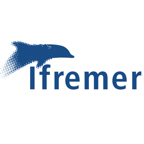

• IFREMER : very high resolution currents, with grids up to 250 metres on the west and north coasts of France. By 1 -hour steps range up to 100 hours steps.
• IFREMER WW3 : combination of wave and current data for the west and north coasts of France, at very high resolutions. By 1 -hour steps range up to 100 hours steps.
Removed models
Withdrawn models: COAMPS, GEM and WRF.
The back office
A new server infrastructure is implemented, in partnership with SailGrib, to support this change.
A new server infrastructure is implemented, in partnership with SailGrib, to support this change.
They are calibrated for a significant increase in downloads, increase in resolutions, and the integration of very high resolution current files.
These high-availability servers are spread over three locations, an automatic failover process to ensure continuity of service.
Improved procedures for uploading and checking input files should ensure the quality of GRIB output to users..


No comments:
Post a Comment